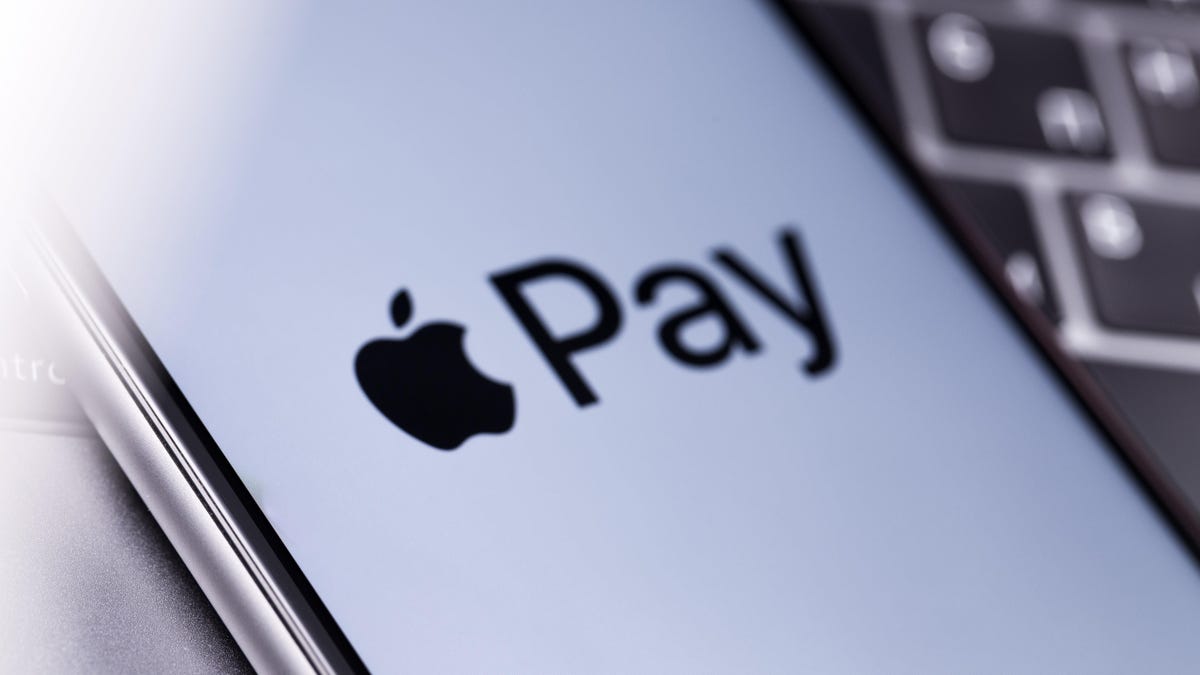Think Twice Before Using “Apple Pay Later”

Earlier this year, Apple introduced the new Buy Now, Pay Later (BNPL) Apple Pay Later feature to select customers. The name is a play on Apple’s existing mobile payment service, combined with the appeal of BNPL’s “pay later” funding . Using Apple Pay Later is essentially getting a loan just like any other BNPL service. So how exactly does it work and what makes it different from other BNPL programs – for better or for worse? Let’s take a look at Apple Pay Later and see if that’s the smart move for you.
What is “buy now, pay later”?
A buy now, pay later service is exactly what it sounds like: you can make a purchase right away and then pay for it through a series of installments over time. While BNPL has some advantages for sharing large costs, there are risks. Even if these loans are practically interest-free, you are still borrowing. This is why we previously advised against getting into the habit of using these services. They are useful if you really need to finance something big, but it’s best not to borrow for day-to-day expenses if possible.
How does Apple Pay Later work?
Apple Pay Later works the same as most other BNPL services such as Klarna , Afterpay , Zip , and “Pay in 4” with PayPal . Apple Pay Later divides your purchase into four equal payments two weeks apart, with the first payment due immediately. All of these services offer only one loan option out of four interest-free payments. The interest-free aspect is key and perhaps the most attractive aspect of any BNPL program.
Benefits: As Apple explains on its website , when you apply for Apple Pay Later credit, it doesn’t affect your credit in any way, and you’ll know if you’re approved in seconds. Also, “to prevent users from taking on more debt to pay off loans,” Apple does not allow credit cards. This means that you will need to link your debit card to the service. Plus, if you’re already a heavy Apple Pay user, you’ll enjoy having everything you do in one place.
There are limitations: Apple Pay Later is only for purchases between $50 and $1,000 made on iPhones and iPads that support Apple Pay. So, if you want to make a $500 purchase, your first payment will be only $125. Then you will pay $125 three more times every two weeks.
The biggest difference between Apple Pay Later and competing BNPL services is that Apple doesn’t charge a fee. Klarna and Afterpay charge fees for late payments, while Zip charges both late fees and fees on each payment.
What are the risks?
As we mentioned above, Apple users can be drawn to the convenience of Apple Pay Later. However, this convenience may be the biggest risk of Apple Pay Later and possibly BNPL services in general. They make it too easy to spend more than you can actually afford. In March, the Consumer Financial Protection Bureau released a report showing that BNPL users are more likely to have higher credit card debt, late payments on other loan products, and a lower credit score than nonusers.
In addition to the risks of BNPL as a financial practice, Apple Pay Later is just ominous. Let’s say you don’t even fear the growing omnipotence of Apple as a company. For you as a consumer: Do you really want the company that makes your phone, laptop, watch and TV to be… your bank too? Your lender? Even if Apple Pay Later isn’t unequivocally nefarious, it makes sense to think twice before giving one company that much power.
Tips for using Apple Pay Later
If you are going to use Apple Pay Later or any other BNPL services, keep these tips in mind:
- Keep track of your budget. When a large payment is broken down into smaller payments, you can overspend in the long run. Be aware of how much you are actually spending and how it affects your overall budget.
- Stick to the essentials. BNPL should really only be used for essential purchases that you can’t afford up front but can afford after six weeks.
- Keep track of your account balance. Apple Pay Later is not a credit card. Even if Apple doesn’t charge a fee for missed payments, your bank will still charge you an overdraft fee. Also, if you default on a BNPL loan, you risk damaging your credit score.
The bottom line is that before you use Apple Pay Later, consider why you are taking on this debt.